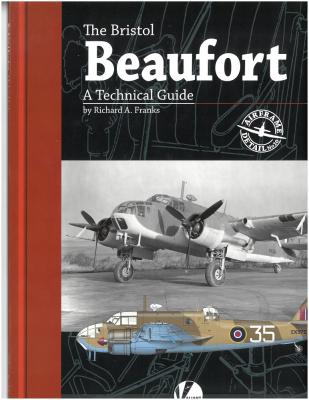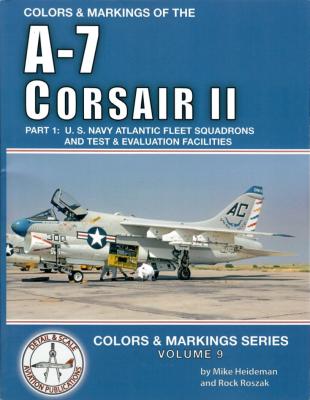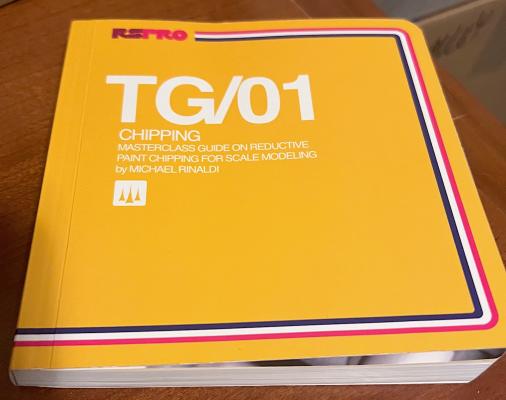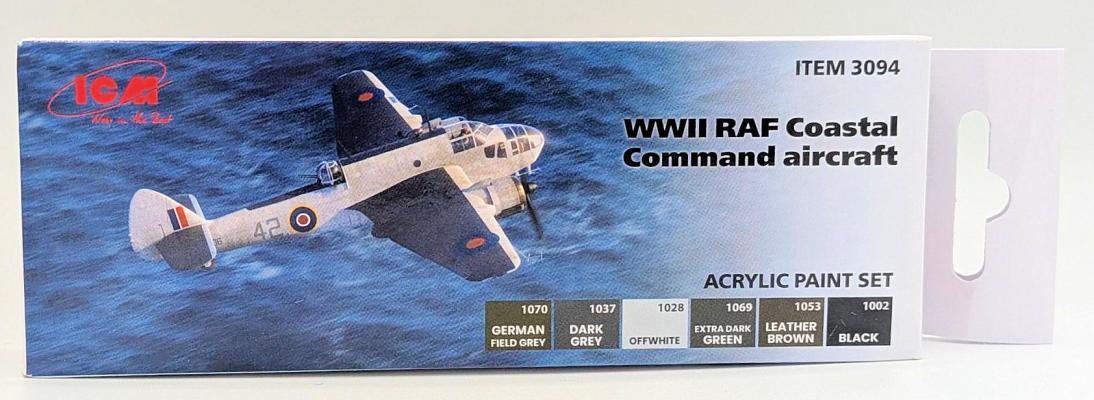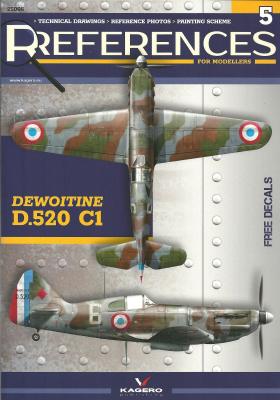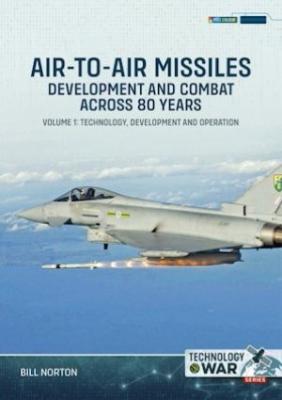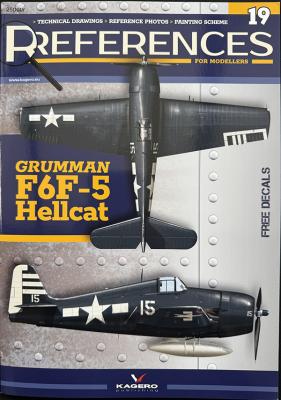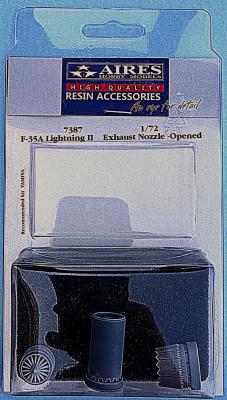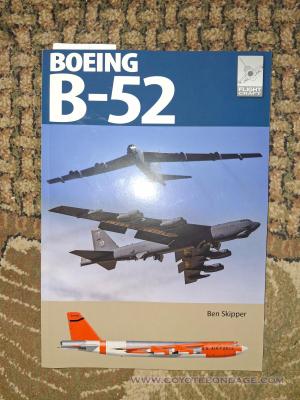Being half English, I have an affinity for English aircraft. I have loved the Bristol Beaufort ever since reading Torpedo Bomber by Ralph Barker many decades ago.
The Beaufort was developed from the Blenheim bomber to meet a tendered specification for a land-based, twin-engine torpedo bomber. Later on the wings and tail of the Beaufort were used to develop the Beaufighter. Decent mileage, in my opinion.
The Beaufort saw stellar service operating from the Home Islands, the Mediterranean, the Pacific and the Far East.
Airframe Detail No.10 follows the standard format Valiant Wings uses for this series, starting with a brief history which covers the areas of operations, the different countries who flew it, survivors and serial numbers.

